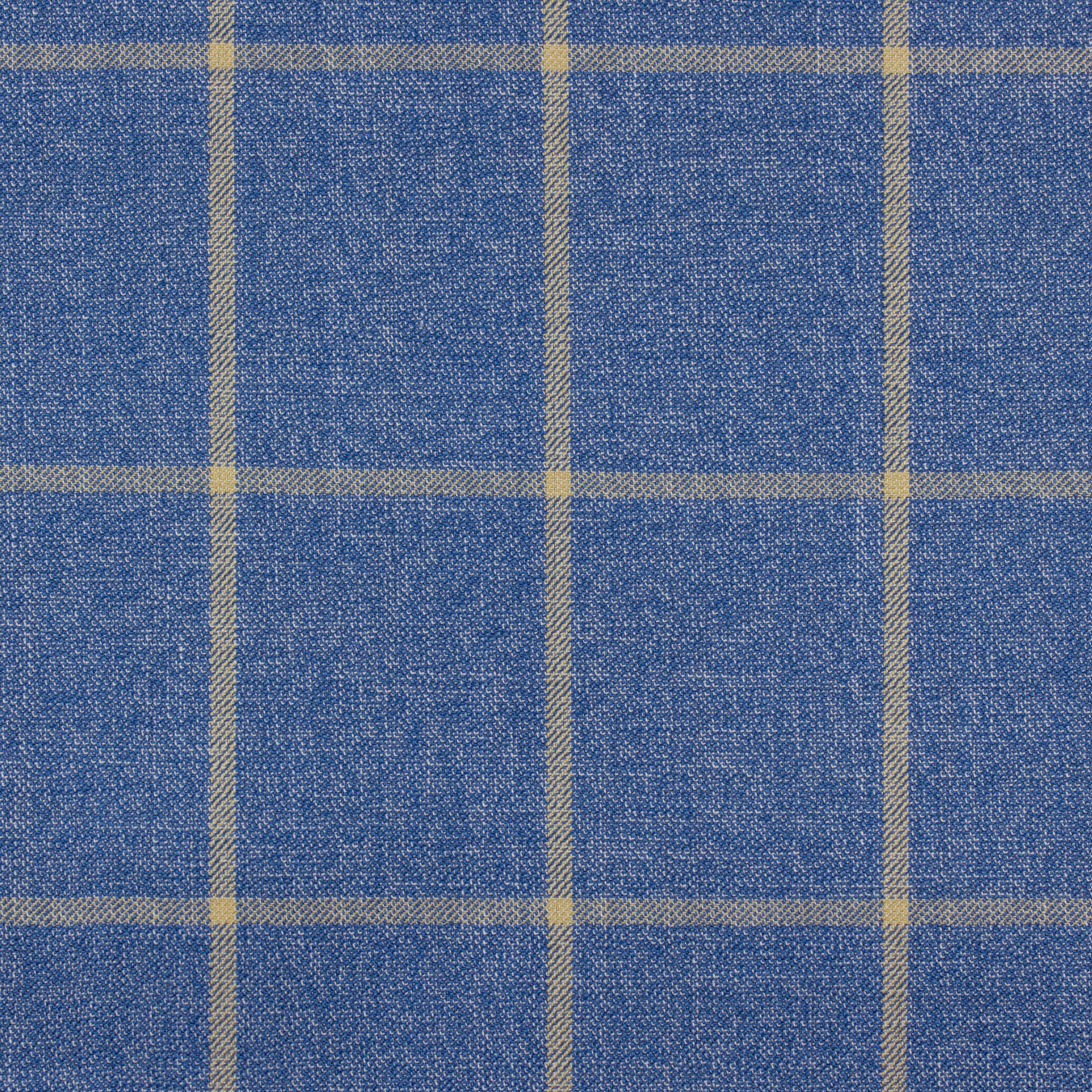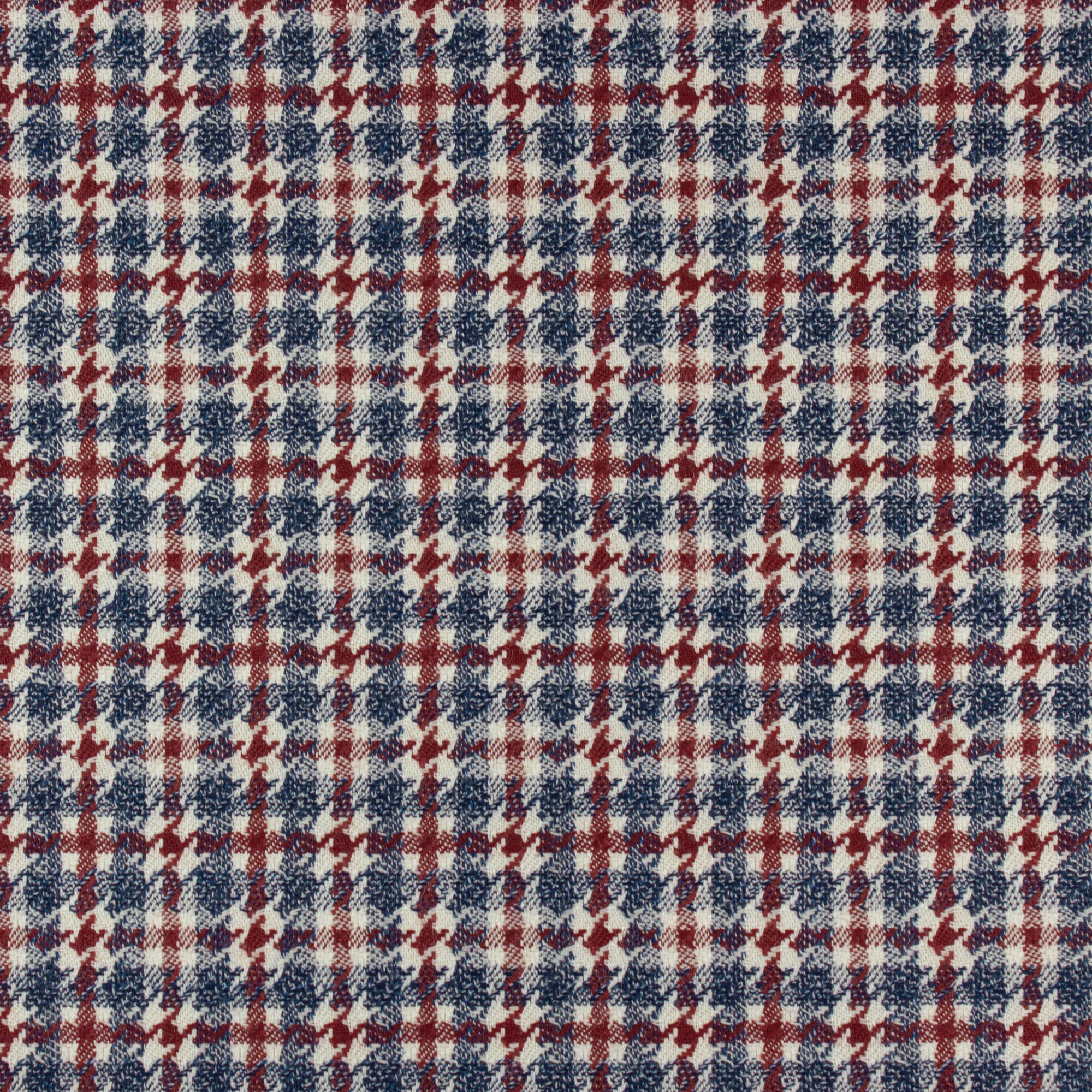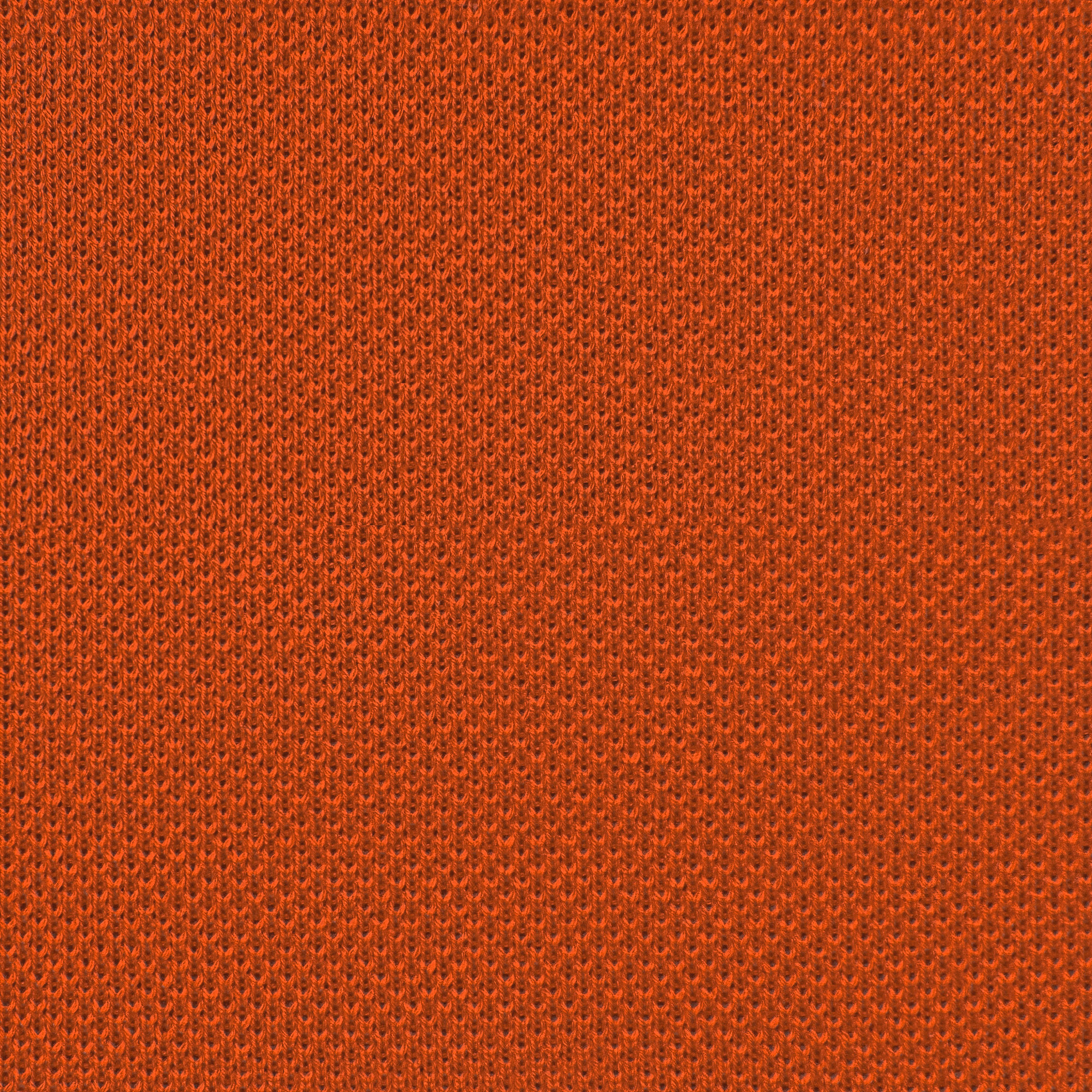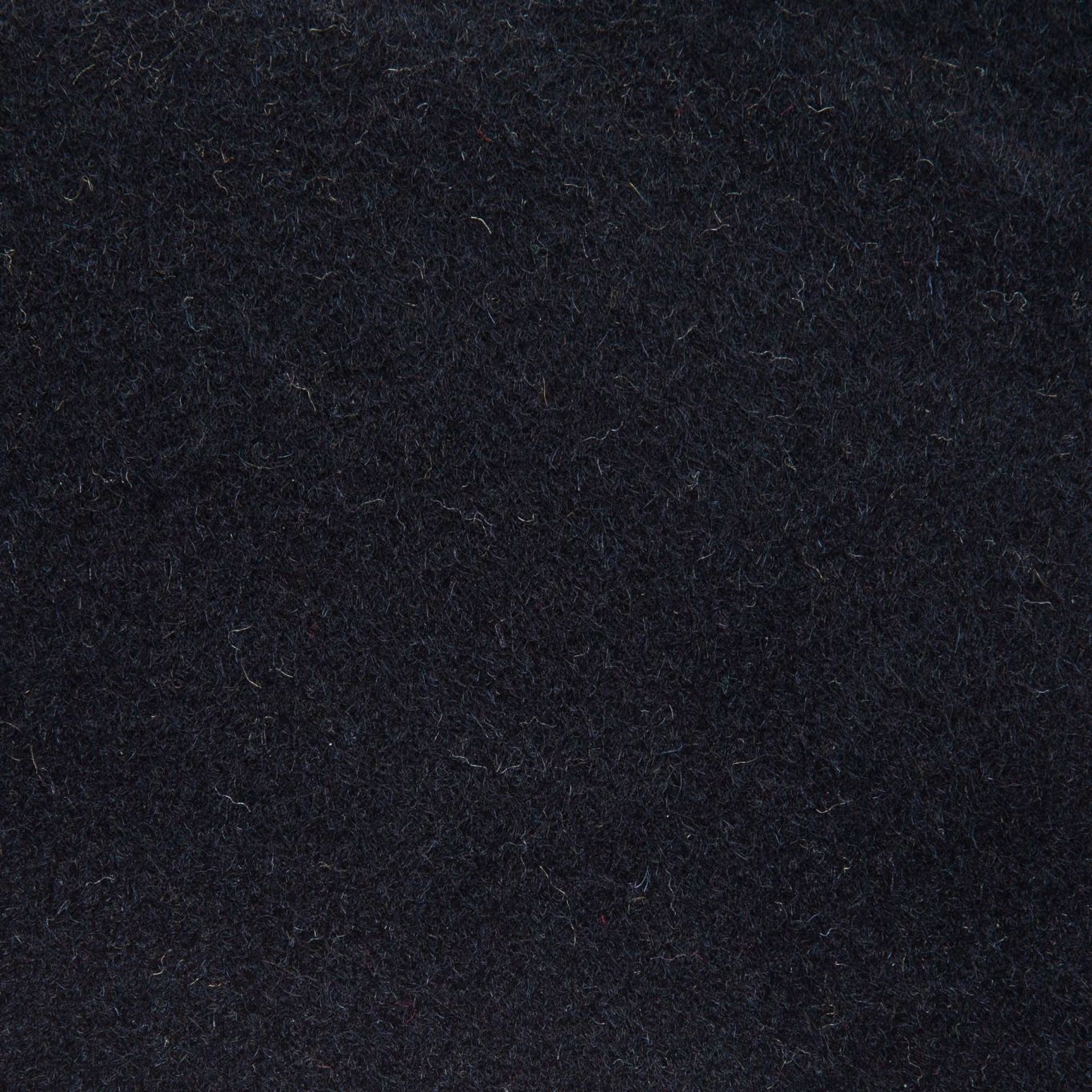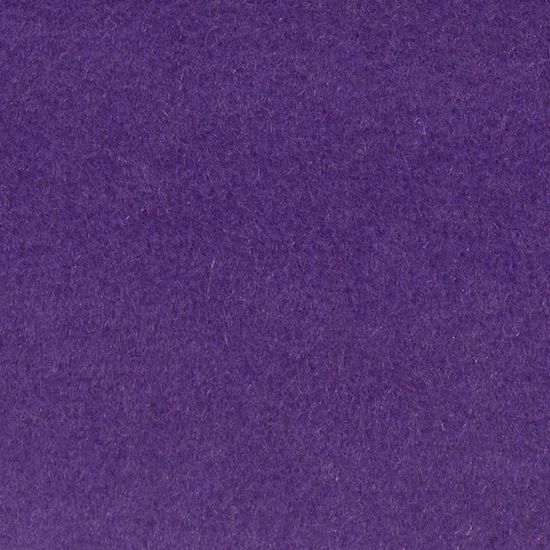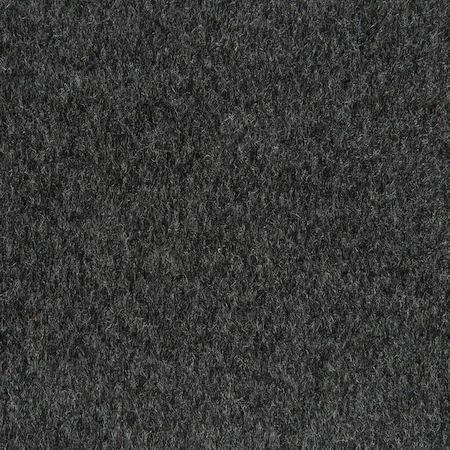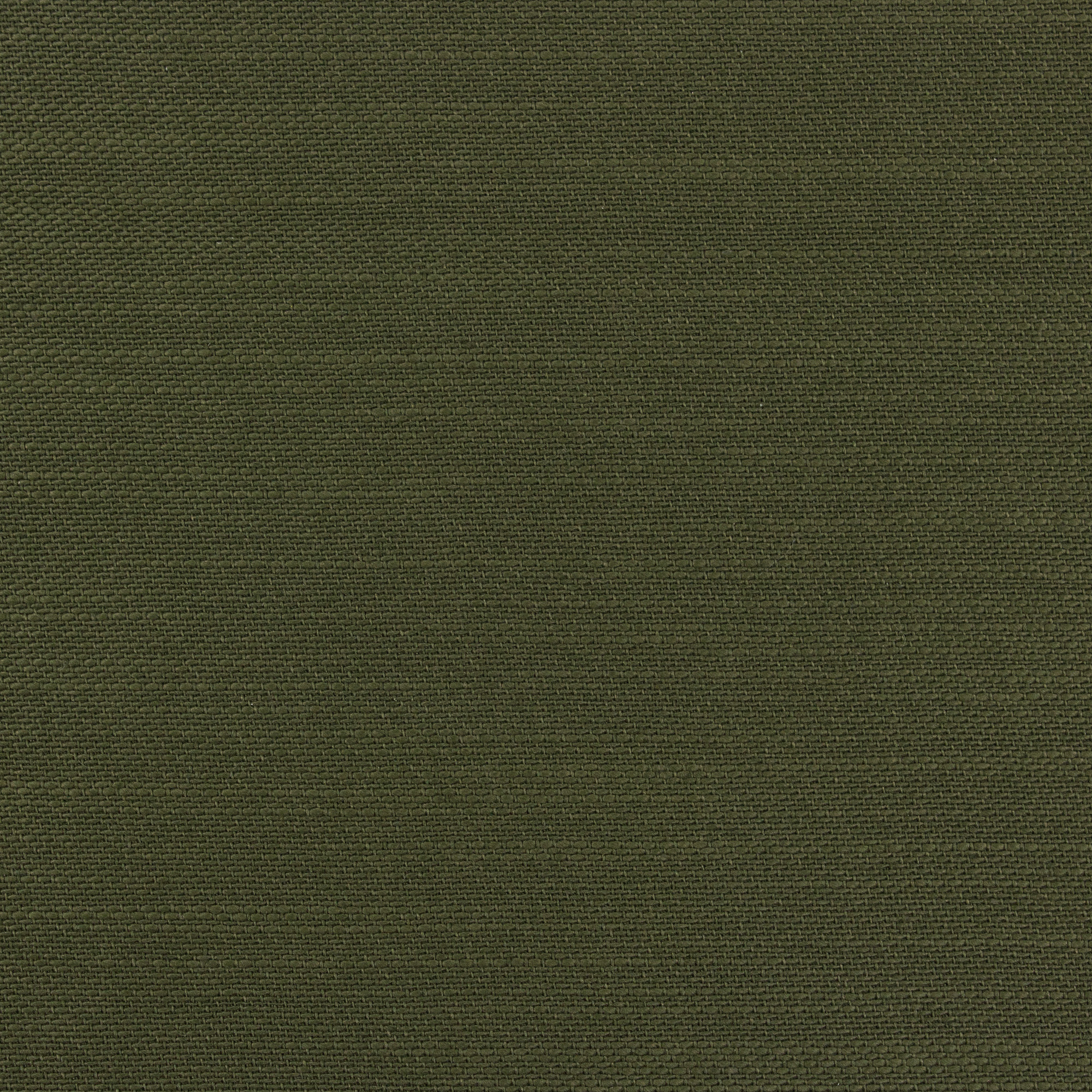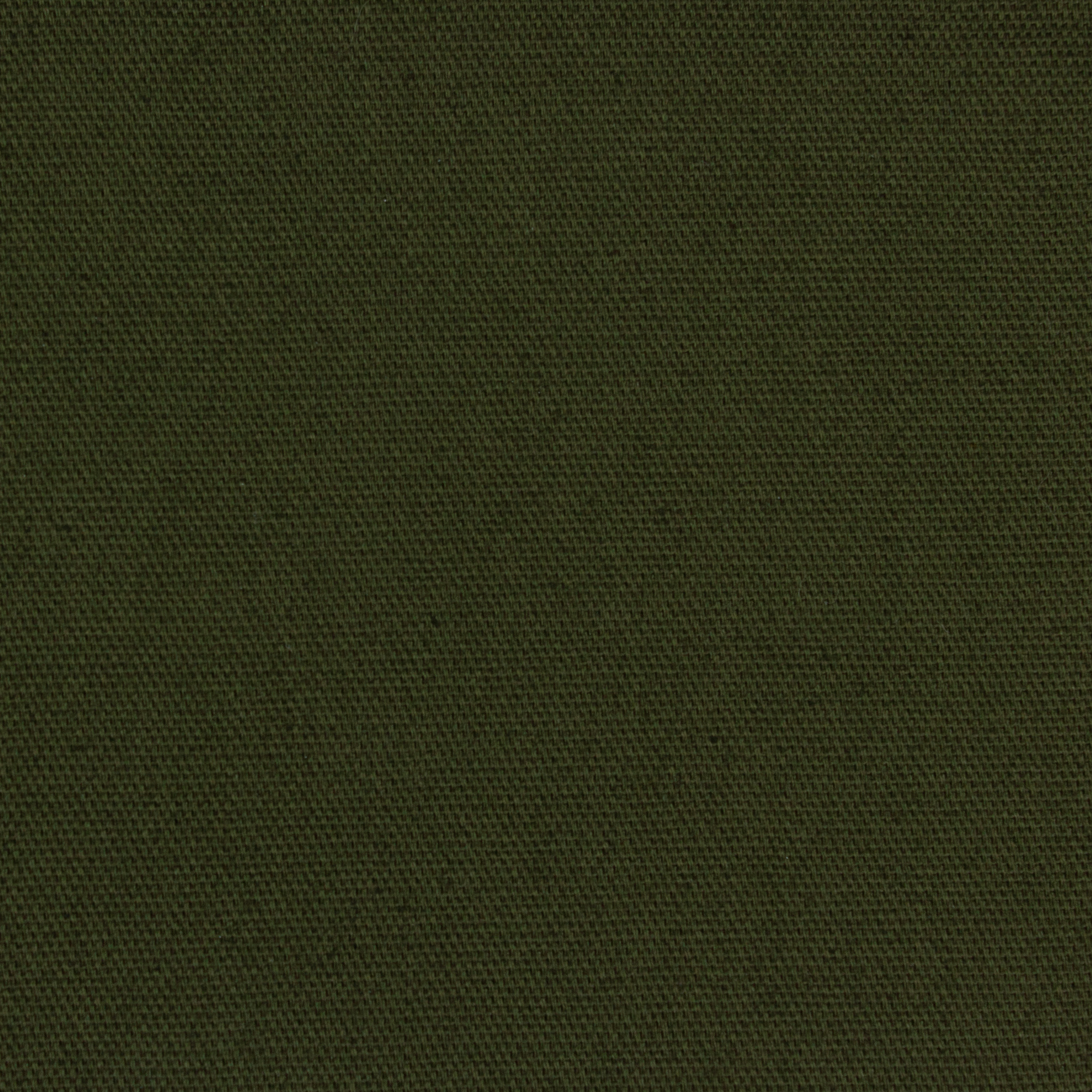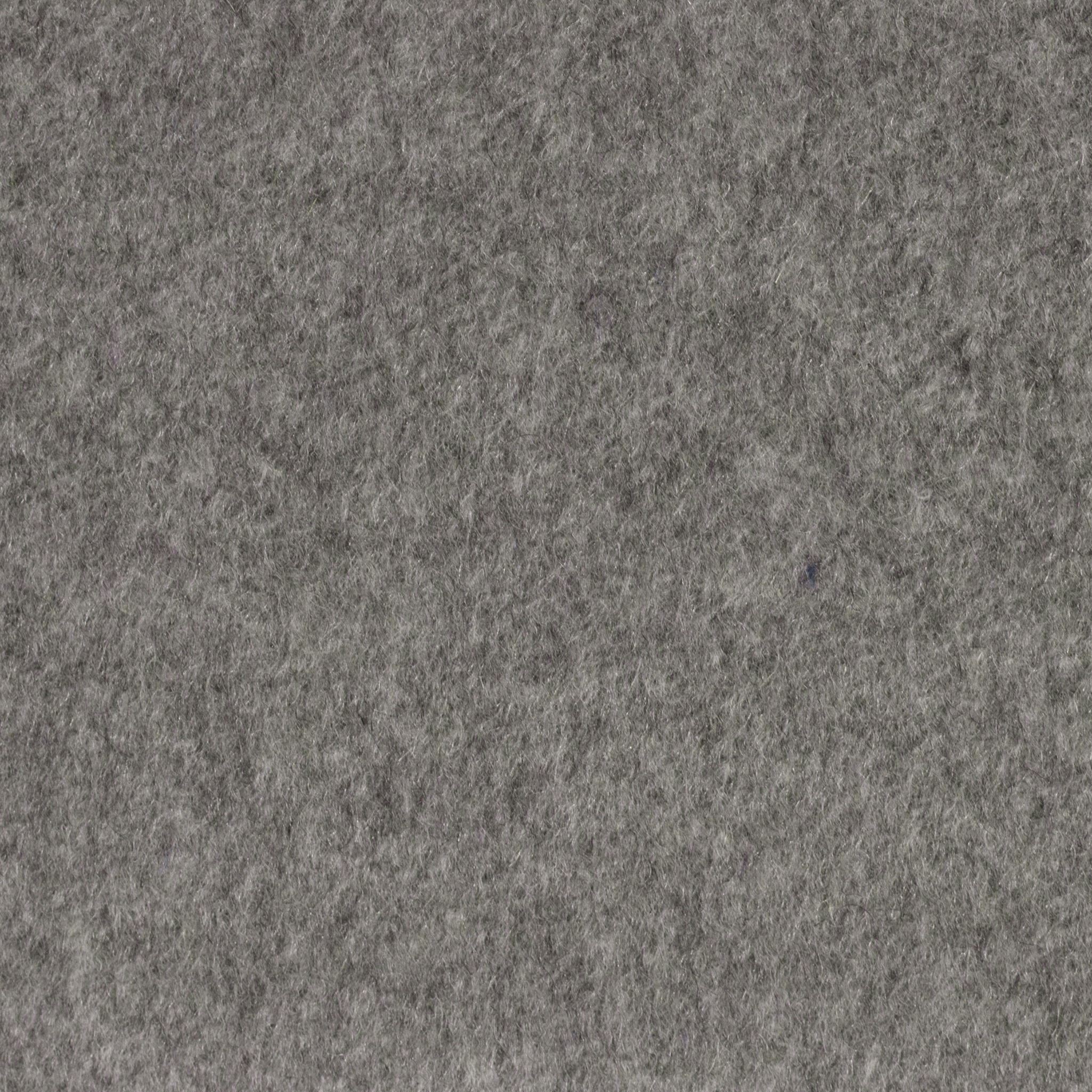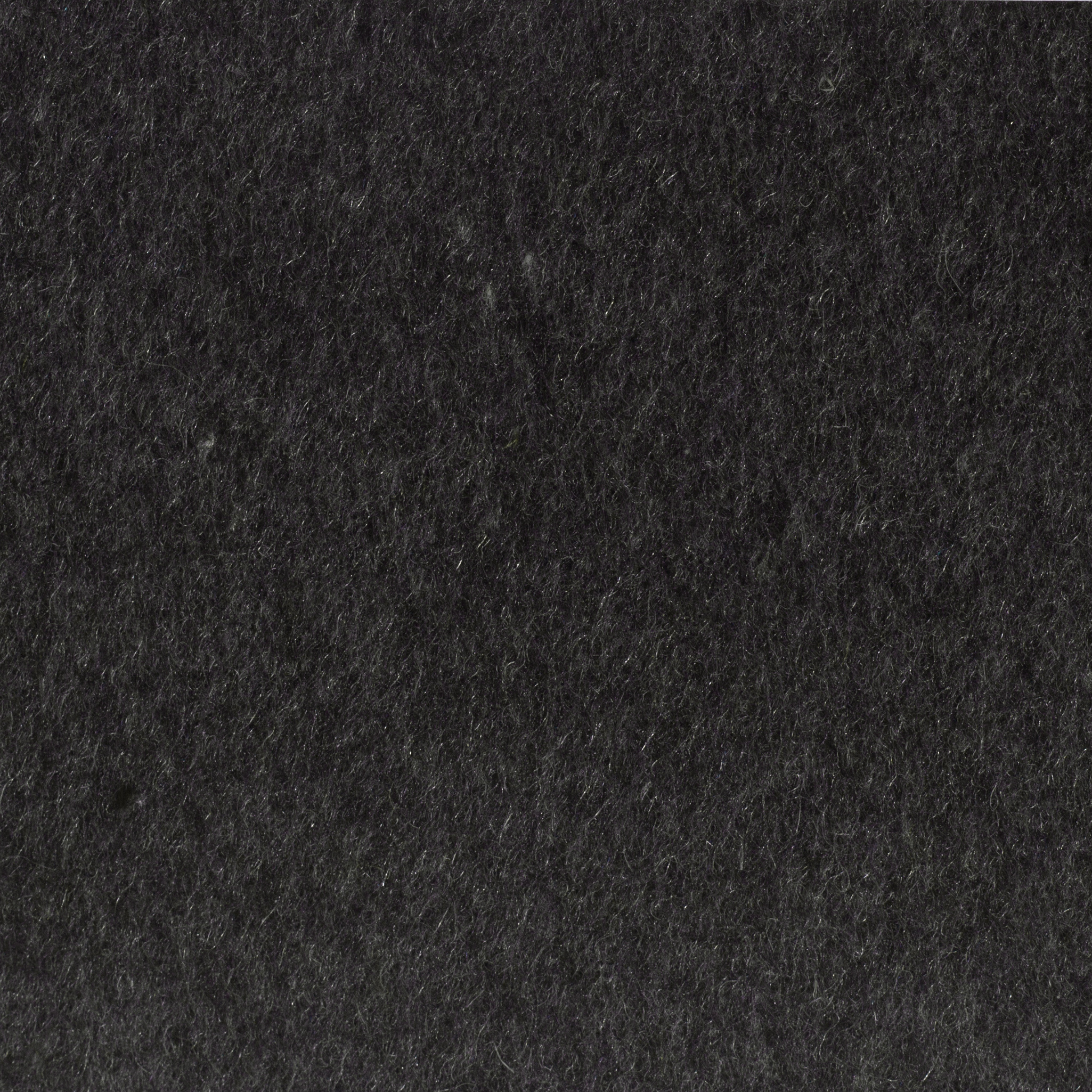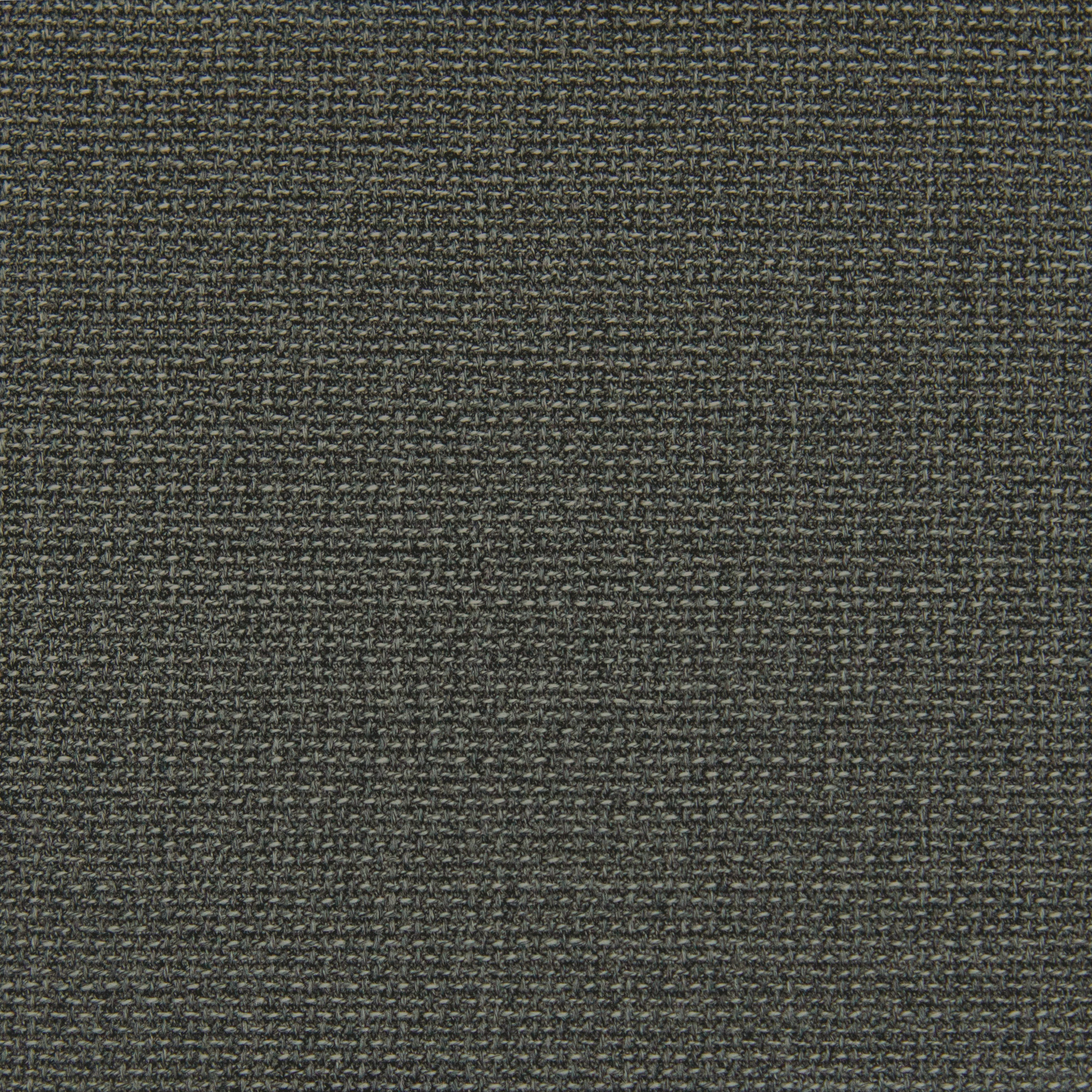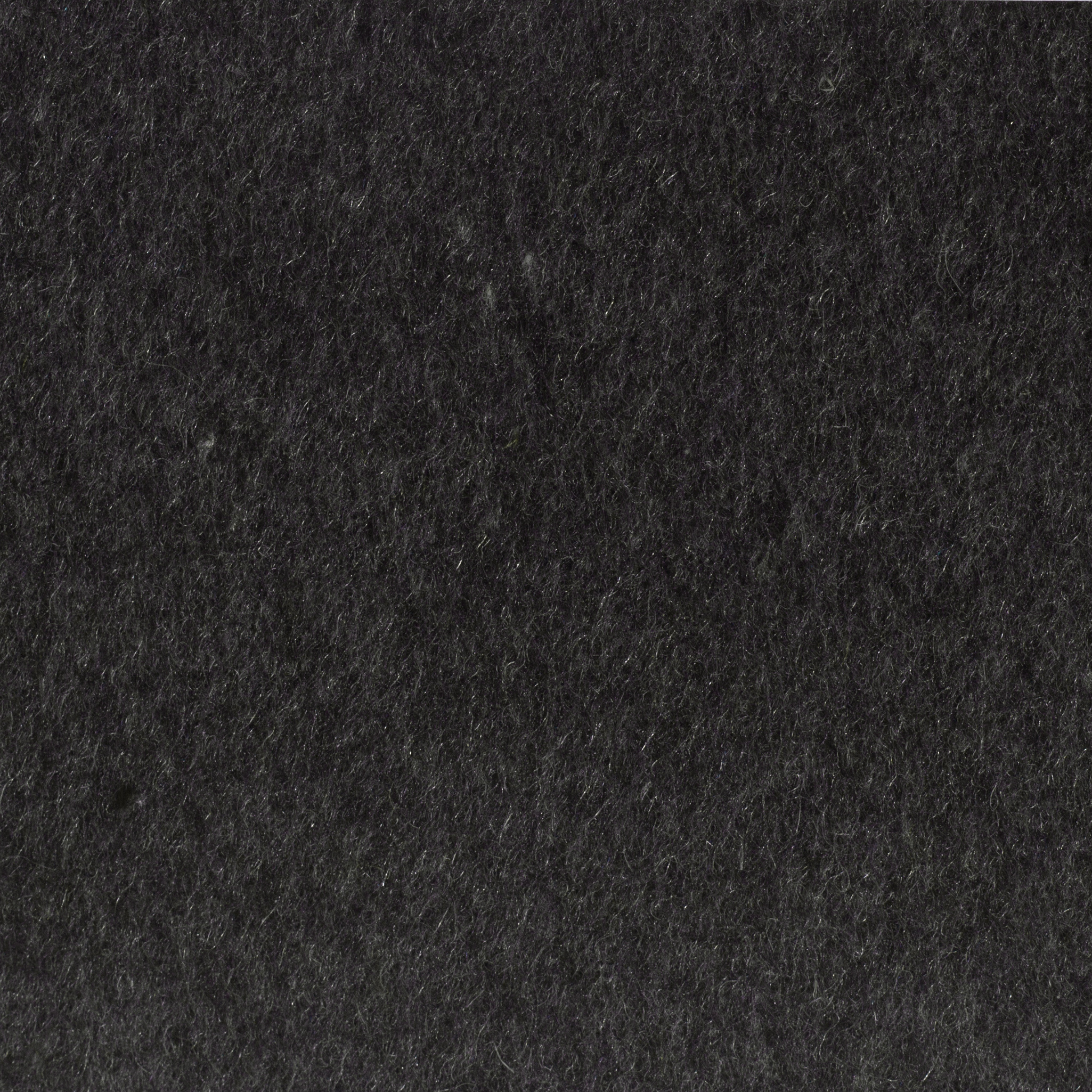The art of a fabric weave
Choosing the right fabrics for your suit or shirt from 3000+ options can be overwhelming. Especially if you know nothing about what the fabrics are and what makes them unique. Different types of fabric weave have unique structures, patterns and functionalities. This article is less about the material the fabric is made from, like wool, cotton, silk, etc. We discuss that in our post about selecting fabrics for your suits. Today, we are showing you a few fabrics that are popular to help you in choosing the right fabric for your tailored suit or shirt.
Warp and Weft
The Warp refers to the vertical threads (or Ends) in a fabric. Weft refers to horizontal threads (or Picks) which cross in various different weaving patterns on the loom to form different types of fabric. Both Warp and Weft may be coloured to incorporate stripe and check patterns into the fabric.
Piquet Fabric
Piquet or Piqué, from the French term, is a fabric usually woven with two warps to produce characteristic parallel cords, diamonds, horizontal ribs and other interesting effects. Invented for use with cotton, the fabric is usually very richly constructed to emphasize the raised structures. Almost used exclusively for shirts and polos, piquet fabrics are often knitted as well as woven and can be quite formal (for evening shirts) or also sporty.
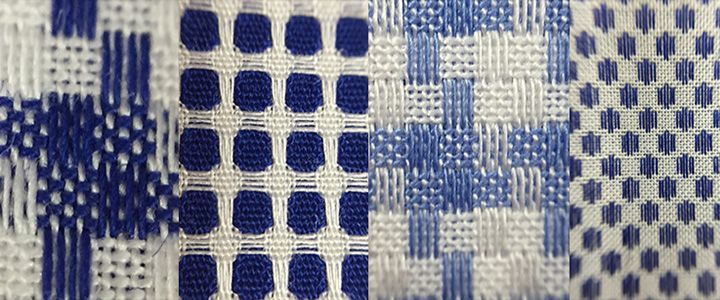
Oxford Fabric
Oxford was traditionally a very basic fabric woven together by interlacing two threads on a coloured warp with a thick white weft, giving a chalky textured appearance. Oxford fabrics have been refined and produced using two-fold and three-fold yarns woven together in complex dobby structures to achieve the typical Oxford appearance. The finer versions of an Oxford are referred to as Pin Point or Royal Oxford and are used primarily for shirts with cotton. While rare, some suits have seen oxford (wool) used as well.

Twill Notice
Twill is an English term that is used to identify fabrics with a diagonal structure. Main characteristics of a twill fabric is that by using the diagonal weave, as opposed to a plain weave, it’s possible to incorporate more threads and therefore the resultant fabrics are heavier and thus more suitable for cooler weather.
The pattern is reached by passing the weft thread over one or more warp threads and then under two or more warp threads and so on. Every time a “step” is left between rows to create the characteristic diagonal structure. A vast majority of suit fabrics are some kind of twill weave.
Some notable examples of fabrics that fall under the diagonal “Twill” family are flannel, tweed, herringbone, houndstooth and many more.

Poplin Fabric
Poplin is a light cotton fabric with a higher number of yarns in the warp than in the weft, which makes it especially suitable for striped designs. The name is derived from the french word “papaline”, namely a fabric that was created for the Popes in the Middle Ages. Poplin is usually made with cotton but any fabric can be made into a poplin fabric.

Two-Fold
Two-fold means that two very finely spun yarns have been subsequently twisted together to form a two-fold yarn, which is much stronger, smoother and more durable than the original single-fold yarns.
Fabrics woven from two-fold yarns are soft but also crisp, and have an unsurpassed lustre, drape and handle, as well as good resilience.

There are of course many more fabric types other than these, but now you know some of the basics. And you don’t have to panic at all, as our bespoke master at Senszio will assist you in finding the ones that suit your preference perfectly. Check out the next touring schedule here.












